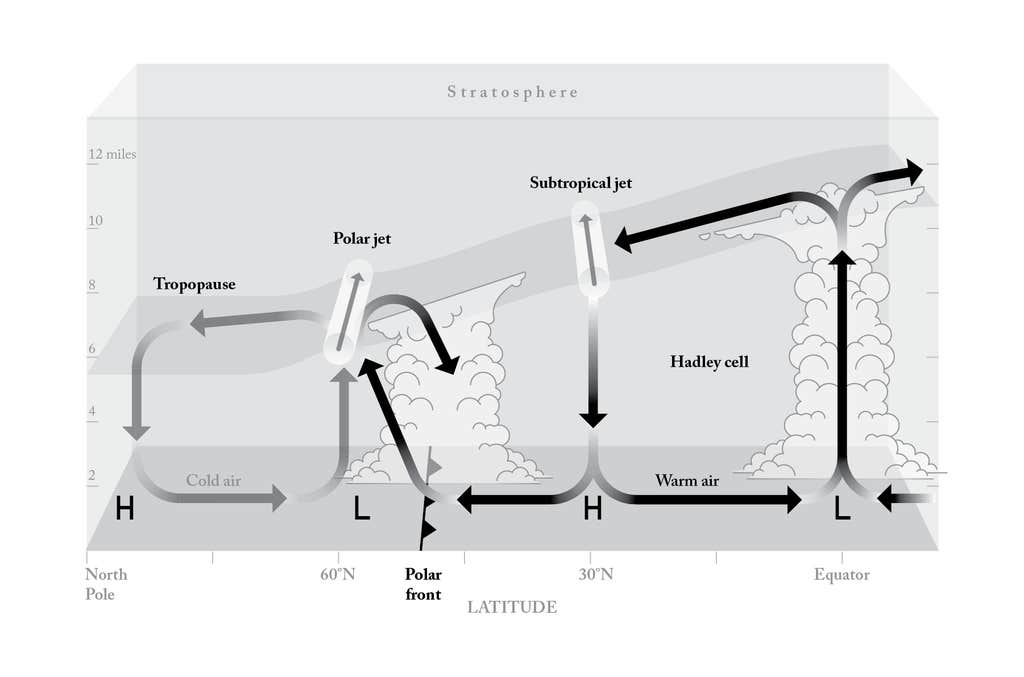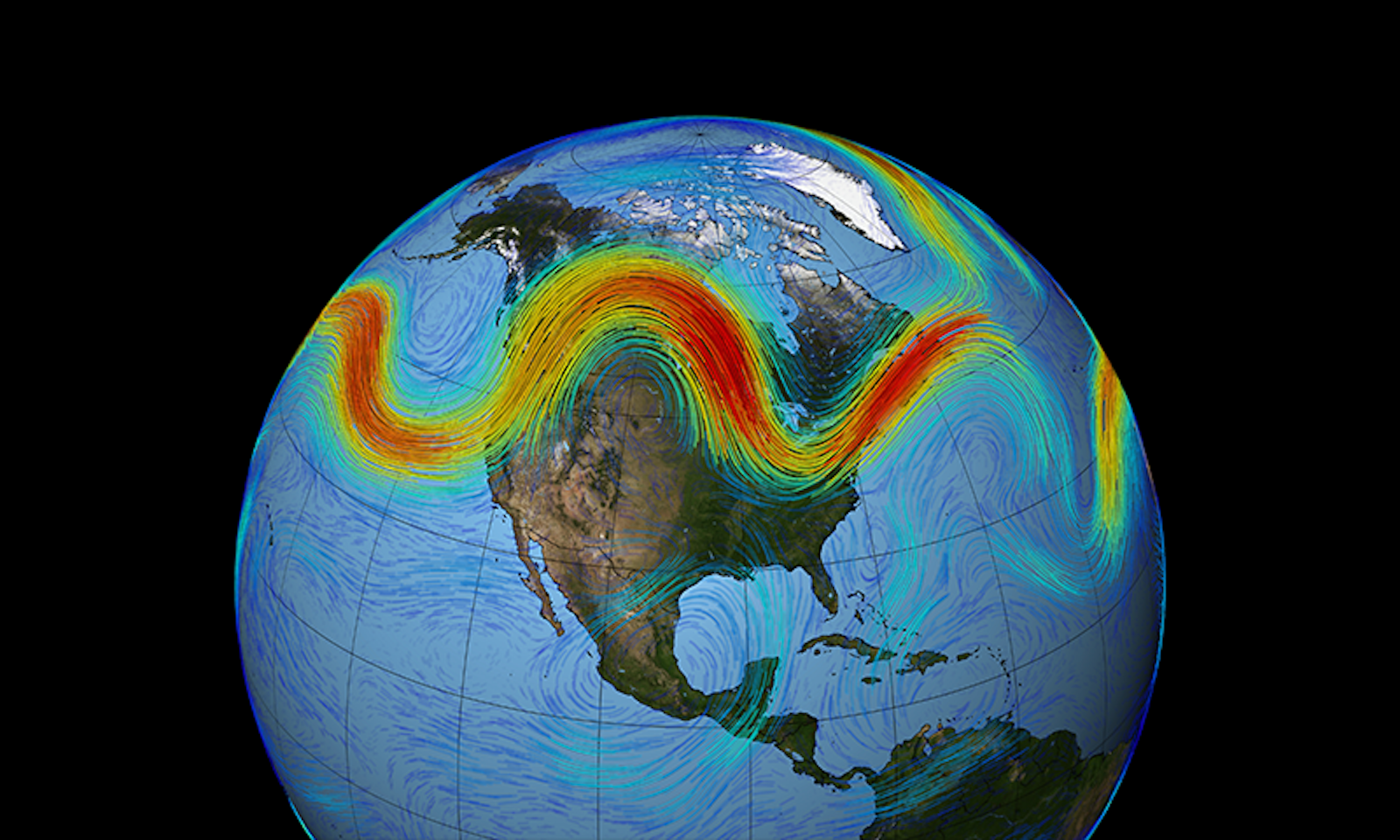In August of 1947, the Stardust fired up its engines in Buenos Aires for an afternoon flight to Santiago. The scene resembled something from a Graham Greene novel: A hulking piston-engined airliner thundering aloft in an exotic austral city, while a small and mysterious cadre of passengers adjusted their seatbelts in the cabin. Among them were a German widow with her husband’s ashes, a Palestinian carrying a hidden diamond, and a British Foreign Service courier—a “King’s messenger”—on some opaque mission for the crown. The air route from Buenos Aires to Santiago runs west for about 700 miles, crossing the South American coastal plain before hopping over the Andes to the Chilean capital. In terms of geography, a trip from Denver to San Francisco would be a rough northern analog. The journey of the Stardust passed that day under seemingly routine circumstances, and about four hours after takeoff the crew radioed air traffic control to report their imminent arrival at Santiago. That was the last anyone saw or heard of them until 1998, when a group of climbers came upon the plane’s wreckage melting slowly out of an Andean glacier, some 50 miles east of her destination.
Jet streams are often portrayed as smooth roads, but they’re really more like braided rivers.
By then, the last flight of the Stardust had taken its place among the great unsolved mysteries of air transport, the gamut of possible explanations running from Nazi sabotage to alien abduction. Using aviation science and a bit of forensic meteorology, the long-delayed investigation reached a more scientific conclusion: Stardust, flying above the clouds at an altitude of 24,000 feet, had plowed into the teeth of an unanticipated headwind—a jet stream—and as a result badly overestimated her progress. In all likelihood, the flight crew had made a controlled descent into the ground, thinking their ship was well clear of the mountains when in fact she still had miles still to go.
Jet streams are high-altitude westerly winds, created by the sharp variations in density that exist in the atmosphere at different latitudes. They concentrate in narrow bands at the boundaries of the main global air masses and can blow hard enough to slow even 21st-century air travel. The most pronounced streams occur at the polar fronts, where temperate air in each hemisphere meets colder air from the Arctic and Antarctic regions. They are often portrayed as smoothly contiguous features, regular as roads, but the actual phenomena are really more like braided rivers or dotted lines—composites of multiple meandering subparts, adding together to produce movement.
At the time of the Stardust casualty, an understanding of high-altitude winds was just starting to gel after several decades of observation by pilots and meteorologists. The first scholarly account of the topic is credited to an obscure researcher named Wasiboro Ooshi, who worked alone at a lab north of Tokyo in the early 1920s. Ooshi launched thousands of paper balloons and followed them through the eyepiece of his theodolite as the wind carried them up and away. From measurements of range and elevation he concluded that there were steady currents of westerly wind blowing briskly across the sky, high above Japan. They were most prevalent in winter, when they could be very brisk indeed—upward of 100 knots.
A modern analysis of Ooshi’s data has confirmed his findings, but at the time they were largely ignored by Western academia. He was a distant figure, far from the epicenters of contemporary science, and published his work in the suspect Utopian language of Esperanto. Nobody in Europe or America paid him any mind. The first direct application of Ooshi’s findings came in a bizarre campaign to attack the United States with an armada of incendiary balloons launched from Japan during World War II. Ten thousand such devices were built in secret workshops and set adrift, equipped with ballasting mechanisms to keep them at the proper altitude along the way. At least 300 of these strange weapons landed in North America during the final years of the war. One managed to kill six people when they stumbled across it during a church junket in the Cascade Mountains. Given that many likely fell unseen into backcountry, it’s estimated that 1,000 of the drifting drones, 10 percent of the total, probably made it across the Pacific on Ooshi’s winds.
The jet stream wasn’t given its actual name until 1939, when a German scientist named Heinrich Seilkopf coined the term in a textbook—but by then, there was an established awareness that something was happening up there. As part of his work in the mid 19th century, the American mathematician William Ferrell derived a set of equations that predicted the presence of strong winds aloft, based on data from surface measurements. Soon afterward in Belgium an aerologist named Leon Tiesserenc de Bort was able to verify some of Ferrell’s theories using kites and balloons. By collecting temperature readings at altitude, de Bort also managed to establish the existence of the tropopause, a stable layer of minimum temperature about 8 miles above the ground. He got himself into brief but serious trouble one day when a bunch of his kites, strung together on miles of piano wire, fell down in a snarl over Paris.
These shorter pulses of energy are the day-to-day triggers for surface weather.
Wiley Post was a pioneering aviator of the early 20th century, just the sort of visionary nut-job that Americans love to anoint as their heroes. Post missed the chance to fight as a pilot in World War I, but after brief diversions into oilfield work and car theft he found his way back into the sky. In the barnstorming ’20s he rose quickly to fame as an air racer and stunt pilot. He wore an eye patch and had spent time in jail. He also had a natural flair for engineering despite minimal schooling and correctly saw the future of aviation in the high speed, high-altitude transport of mail and passengers. He was the first pilot to complete a solo flight around the world, and perhaps the first to wear a pressure suit. The latter made Wiley look like the Michelin man in a diving helmet, but it permitted him to fly as high as 50,000 feet during a series of transcontinental flight attempts in 1935. While none of these efforts ultimately succeeded, his instrument data led him to note that there were strong belts of westerly wind in parts of the upper troposphere. For this, Post is sometimes credited with discovering the jet stream, but it’s fairer to say that he encountered it.
World War II pilots also encountered the jet stream, often unexpectedly. Much of aviation meteorology was at the time biased toward forecasting cloud cover (you can’t bomb what you can’t see) and while the concept of high-velocity wind aloft was not by then completely new, it was often absent from mission briefings. Jet streams are zonal, meaning that they flow mostly in a west-to-east direction. Allied aircraft returning from raids over Europe sometimes met extreme headwinds and were forced to ditch in the English Channel when their fuel ran low. American B-29’s on the way to bomb Japan bucked winds of up to 140 knots. The streams could often be avoided with small alterations in course and altitude, but the navigational constraints of flying in formations made this difficult to do in practice.
The doomed Stardust in fact vanished in the same year that the first comprehensive study of the jet stream finally went to press, published by a group in Chicago under the leadership of Carl-Gustav Rossby. Rossby was a fascinating character, a central figure in the advancement of meteorology during the middle of the 20th century. A brilliantly effective teacher and organizer—and reportedly a bit of a bon vivant—he loved long lively restaurant dinners and was apparently never comfortable driving his own car. The Chicago group’s first article, “On the General Circulation of the Atmosphere in Middle Latitudes,” nailed a theoretical framework under the long database of high-altitude wind measurements. In the spirit of Rossby’s collaborative approach, the authorship of this landmark piece was credited simply to “The Staff Members of the Department of Meteorology of the University of Chicago,” without the hierarchical listing of authors that is so common to scientific papers. Before diving into the facts, the document appealed for better communication among players in the new field of atmospheric studies, with a charming bit of old-word diplomacy:
There exists at present … a noticeable divergence of opinion with regard to the proper interpretation of several of the basic processes in the atmosphere. Because of this divergence … an effort was made to bring together research workers representing widely different points of view. Until a genuinely efficient method of data distribution to interested agencies has been set up, it is reasonably certain that Government funds invested in research institutions outside Washington will fail to yield maximum returns.
Given that the second half of this statement could have been written in 2020 as easily as 1947, it’s fair to say that Rossby’s theories about the atmosphere have gained more traction than his advice on streamlining government-funded science.
The troposphere—where most weather happens—could be imagined as a big room whose ceiling slopes downhill from the equator toward the poles, getting closer to the surface as the atmosphere underneath it grows colder and denser. This ceiling is the tropopause. It is not a smooth slope, but more like a series of gently tilted plateaus separated by cliffs. The steepest of these cliffs is at the abrupt thermal boundary between the cold polar zones and the much milder temperate regions. A second break sometimes shows up closer to the equator, at the border between the temperate regions and the tropics. In both cases, the sudden temperature change produces a steep difference in pressure aloft. Air flows across the tilting tropopause, and in the steep places it accelerates. The Coriolis effect deflects it eastward, creating a west-to-east channel of wind that is concentrated along the sharpest transitional zones of atmospheric temperature.

The Chicago paper focused mostly on the polar jet stream system, seen as the most powerful and influential. Rossby and his cohort described it as a distinct, surprisingly narrow belt of westerlies: “a meandering river winding its way eastward through relatively stagnant air masses to the north and south.” They got especially interested in a shapely pattern of waves that formed curves in the circulation. Known typically as long waves, these meanders are now understood to be a catalyst for cyclones and a major mechanism for moving heat between latitudes. Rossby derived an equation to describe these features, and they now bear his name.
When forecasters discuss the location of the jet stream, they are generally talking about the Rossby waves—which in their positioning are a primary determinant of weather on the ground. With their long meanders, the Rossby waves push cold air troughs into the temperate regions, while wave peaks—or ridges—drive wedges of warm air back toward the poles. Rossby waves travel eastward very slowly, but within the large-scale flow are smaller, faster moving short waves, which my meteorologistfriend Joe Sienkiewicz, a branch chief at NOAA’s Ocean Prediction Center, compares to ripples riding on an ocean swell. These shorter pulses of energy are the day-to-day triggers for surface weather. Ripples of cold air pushing toward the equator collide with warm air, raising it aloft and spawning cyclones by the process that the Norwegians called frontal lifting in their models. Surface storms are thus the eddies bordering a more powerful river of wind aloft, following a track more or less in step with the air streaming by above them. They are transient features, but if the long wave patterns behind them persist, they can happen again and again.
In the winter of 2015, a great cold trough parked itself like a frigid cow’s tongue over North America, hatching blizzards one after another as approaching pulses of warm southern air bloomed into cyclones. The cow’s tongue moved on eventually, but not until most of the country had logged record amounts of snow. A shorter but equally brutal batch of cold air arrived in January of 2019, when Chicago was briefly the coldest place on Earth. Temperatures fell to near -50 degrees Fahrenheit and media outlets spoke excitedly of an assault by a polar vortex—a term borrowed in recent years to villainize especially brutal winter events over North America. In fact, the real polar vortex is a bitterly cold blob of air that resides high in the stratosphere each winter, typically ignored by the populace until like some mad bull it breaks free from its enclosure to wreak havoc in the towns. The Chicago freeze of 2019 actually began when warm air from Asia found its way up into the stratosphere and forced the normally stolid polar vortex to dissociate into lobes—one of which wobbled down over North America, taking a deep cold meander of the polar jet stream along with it. Called arctic outbreaks, these displacements appear to have become more common in the last half-century, for reasons that researchers are still working to resolve. ![]()
From Reading the Glass by Elliot Rappaport, published by Dutton, an imprint of Penguin Publishing Group, a division of Penguin Random House, LLC. Copyright © 2023 by Elliot Rappaport.
Lead image: The Blue Marble data is courtesy of Reto Stockli (NASA/GSFC).


































